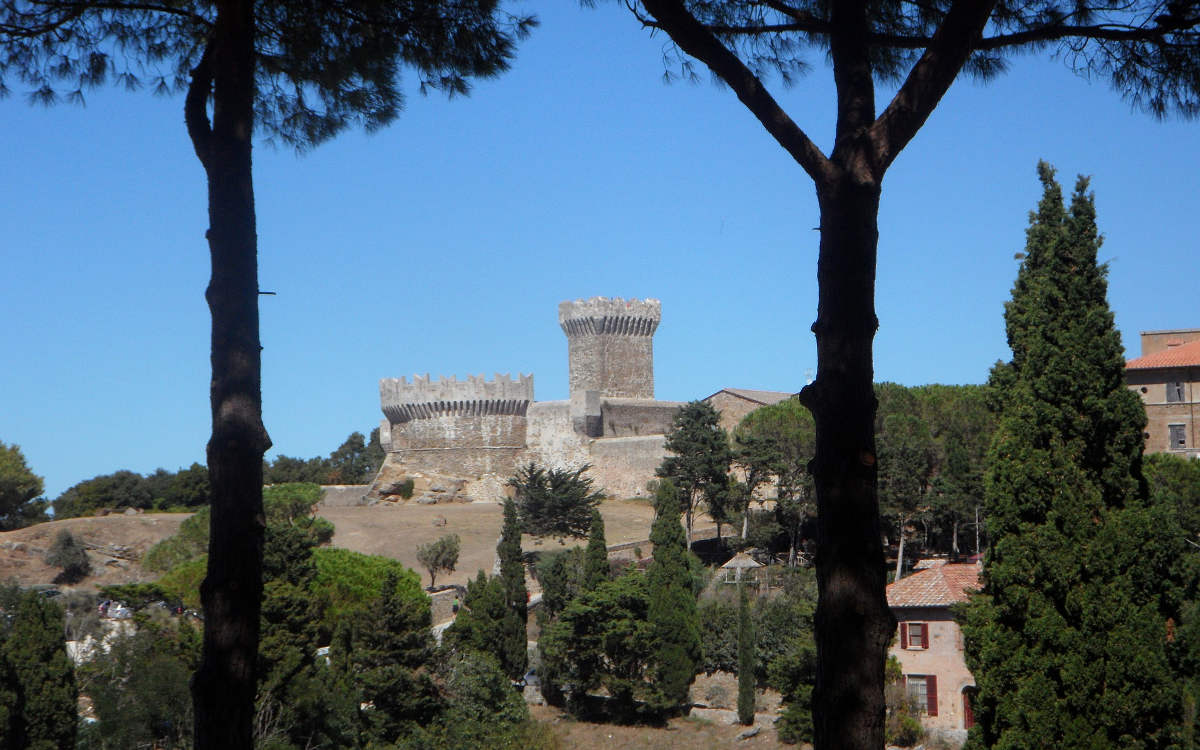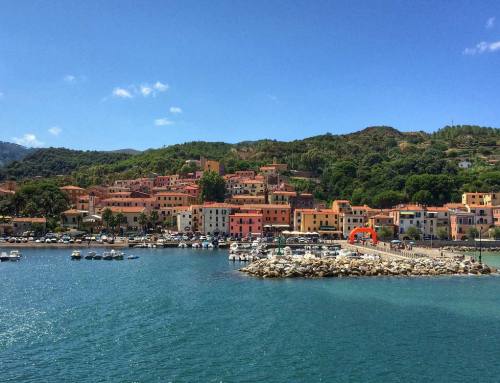Project Description
Le parc archéologique de Baratti et Populonia
Streching between the slopes of the promontory of Piombino and the Gulf of Baratti, where grew the Etruscan and Roman city of Populonia, well know from the ancient time for metallurgic activity and the iron production. It include a significant area of the Etruscan and Roman Populonia, with its vast necropoli, the cave of calacarenite and the industrial area where they use to work mineral of bloodstone from the deposit of the Giglio Island. The park is divided in multiple area that make possible admire the landscape’s mutation.
The Populonia Archaeological Museum which is closely connected with the Baratti and Populonia Archaeological Park, is situated in the 19th-century Palazzo Nuovo within the fortified stronghold of Piombino’s historic centre.
The museum focuses on the relationship between man, land and resources; naturally, mineral deposits and their exploitation were of primary importance among these. Scale models of various particularly significant items (protohistoric kilns, Etruscan kilns, tombs, and the hold of a ship, evocative of the wrecks found in nearby waters) enhance the exhibition.
Prehistoric artefacts are on display, including a bowl engraved with the figure of a bison, artefacts from excavations at Populonia’s Etruscan necropolis, and Roman finds which include the famous silver amphora found in 1968 in the sea between Baratti and San Vincenzo.
The museum contains an experimental archaeological centre; archaeologists from the Baratti and Populonia Park demonstrate how ancient ceramics and stone were worked. Archaeological digs are also simulated.



